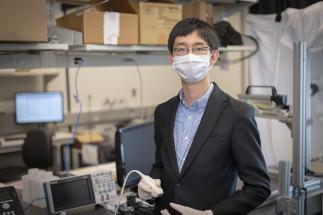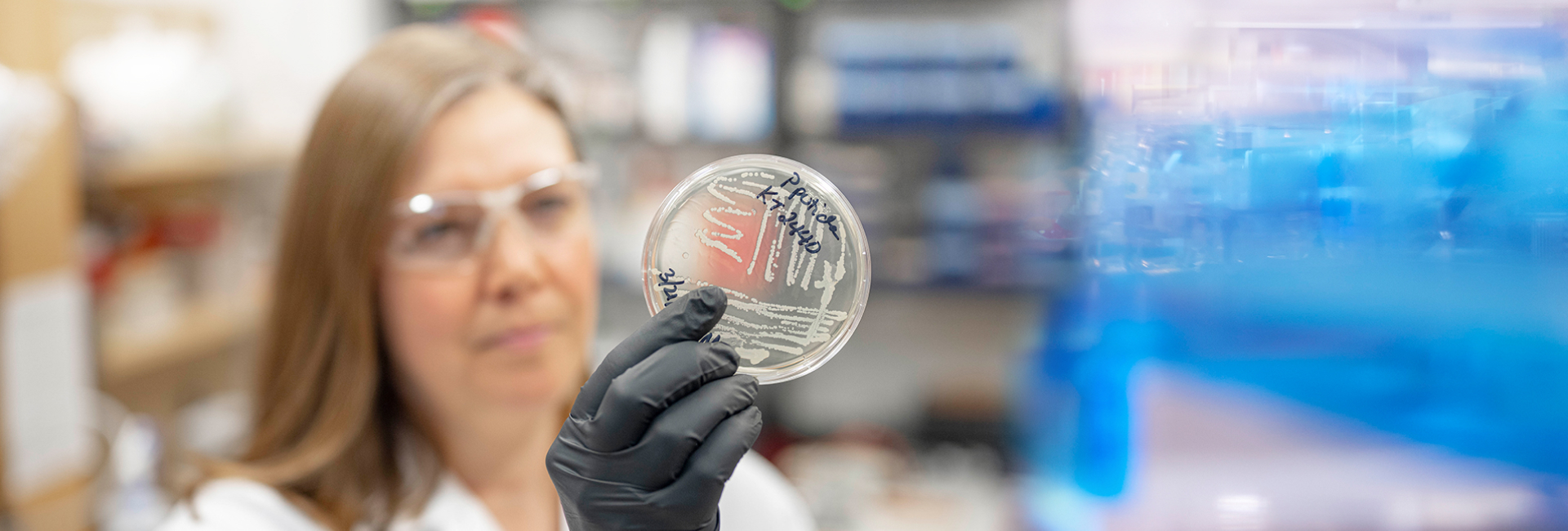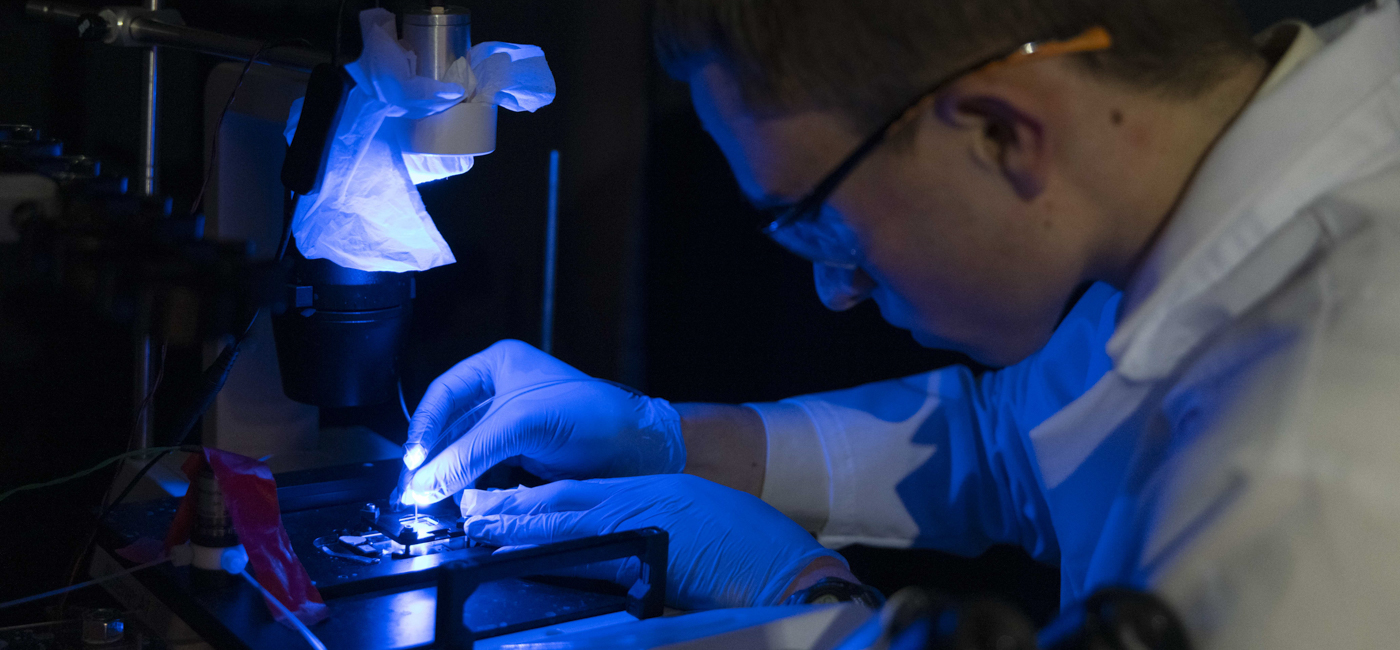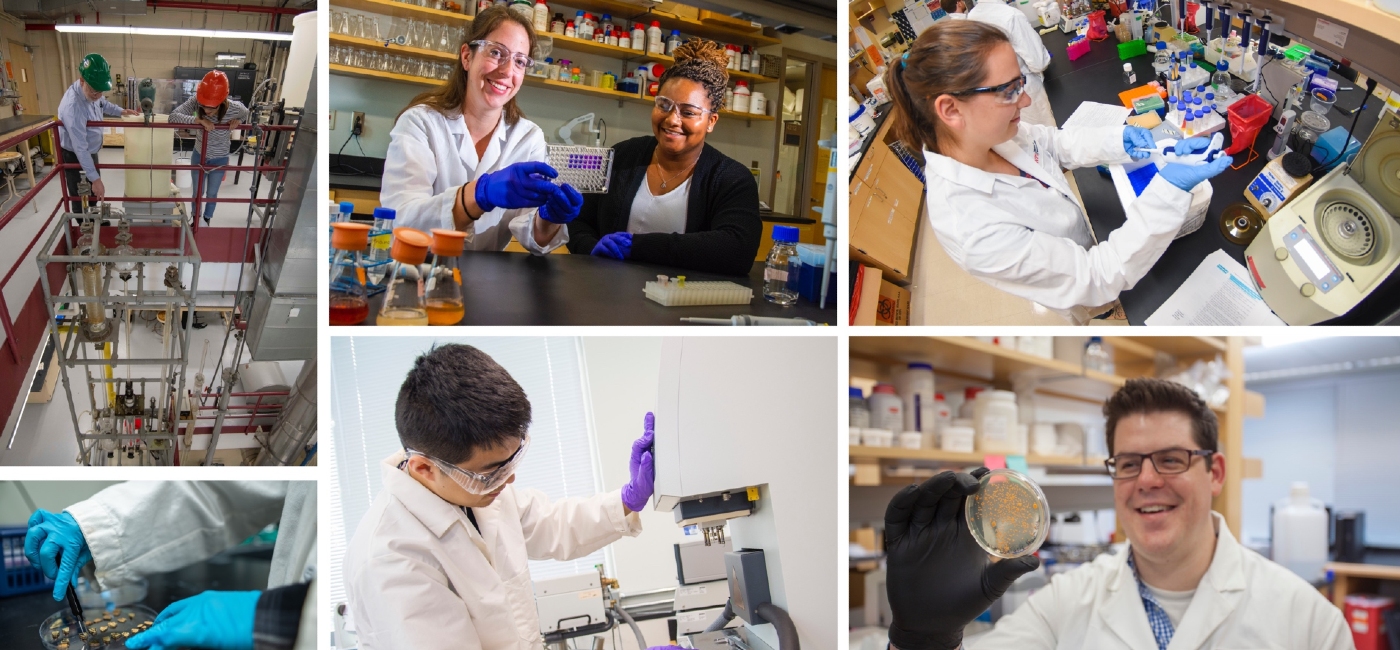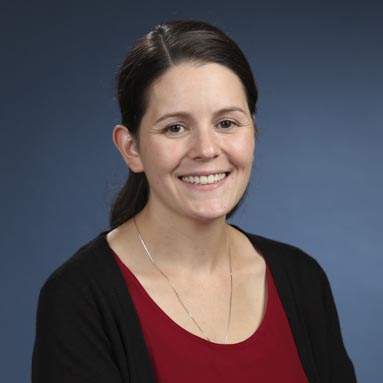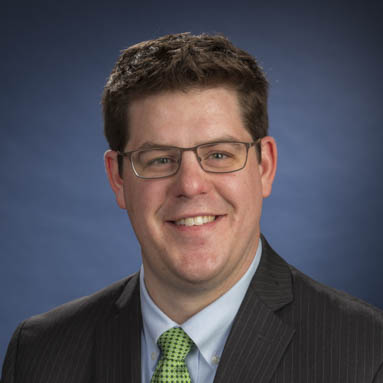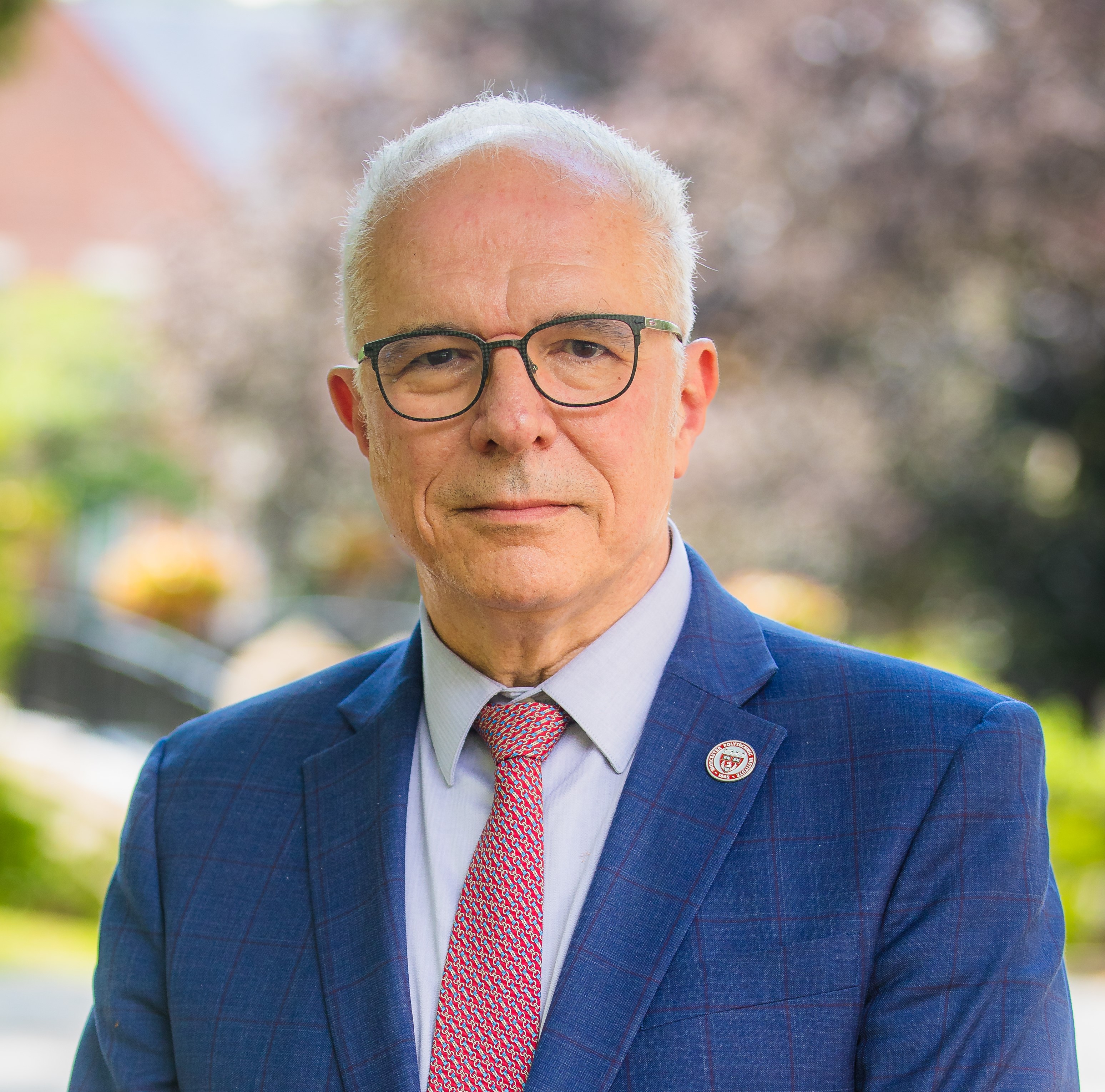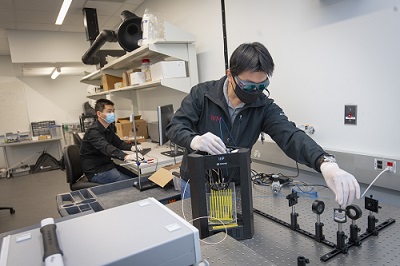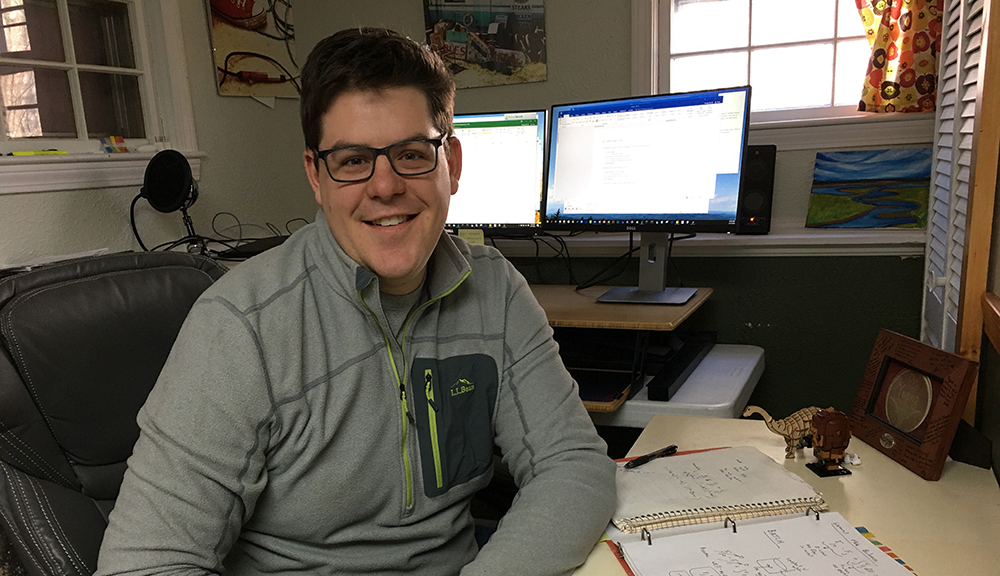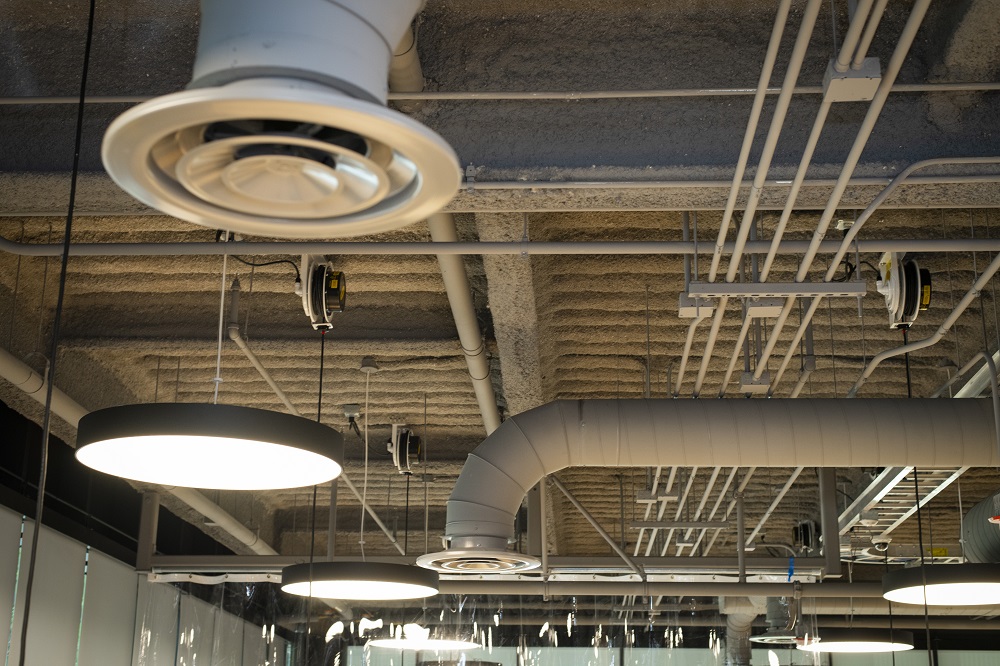Four months after WPI restricted nearly all campus access—closing labs and sending researchers home—because of the COVID-19 pandemic, researchers are carefully returning to their labs.
A total of 90 principal investigators have received approval to re-start on-campus operations, and about 15 other investigators are seeking approval to return.
“It feels amazing. We always want to be in the lab going at full speed,” says Amity Manning, assistant professor of biology and biotechnology. “I’m fortunate that when we had to leave our lab this spring, we had quite a bit of data to analyze over the months we were working remotely. We had manuscripts to write. But this is good timing for us to start getting back in the lab and start making progress and generating data again.”
The return is taking place under tightly controlled conditions and in alignment with state and federal public health guidelines. WPI provided detailed guidelines for a phased re-opening in May and has required researchers to develop their own lab-specific operating plans built around social distancing, face coverings, scrupulous cleaning, and less in-person contact.
Lab-specific plans are reviewed by department heads, the provost’s office, an environmental health and safety official, associate deans, and the Campus Emergency Response Team (CERT) that helps principal investigators adjust their plans as needed. Researchers with the most critical need for laboratory access were considered first.
The process is thoughtful and pushes researchers to create plans that are safe, implementable, and specifically suited to their individual labs, says Bogdan Vernescu, vice provost for research.
“We decided early on that we would issue guidelines but we wouldn’t dictate plans,” Vernescu says. “Some principal investigators have more researchers in their groups than others. We needed them to come up with very specific plans for their particular lab groups.”
Those plans include a range of measures. Some researchers are staggering shifts in labs to limit colleagues’ contact with one another, for example, or spacing lab staff across wider areas to limit contact.
For most labs, the number of researchers allowed back in, even in staggered shifts, is limited. Manning, whose lab focuses on cancer biology, chose to continue to work remotely to allow other members of her research team to get back into the lab.
“As much as I miss the lab, I don’t have to be physically present there right now,” she says. “I have time at home to think about what experiments I want to do, to analyze the data, and write papers and grant proposals. Some students, though, are at the point where they’re making good progress. When we strategized who was getting lab time, we took that into consideration. This is helping the students.”
